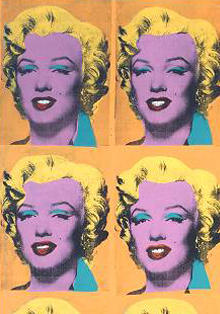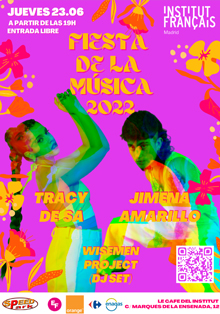The Pop Art Culture exhibition, which brings together more than 120 works by the protagonists of American pop art, is on show at CentroCentro until 18 September this year.
The exhibition features some of the most iconic works of pop art, such as Electric Chair, Marilyn, Flash November and Campbell’s Soups by Andy Warhol; the Apocalypse series by Keith Haring; As I opened fire and some of his works for Modern Series by Roy Lichtenstein; and the triptych Autobiography by Robert Rauschenberg.
Pop Art, a movement characterised by the use of images and themes taken from the world of mass communication and advertising, emerged in the mid-1950s in England as a new artistic trend, as opposed to Abstract Expressionism, which was considered empty and elitist, and soon spread to the United States, where it achieved its greatest impact. The term was first used by the British critic Lawrence Alloway in 1962 to define the art that some young people were making, using popular images. At the same time, important magazines such as Time, Life and News Week devoted some essays to the new artistic style, although it was recognised earlier by the general public and the widely circulated magazines than by specialised critics or contemporary art museums.







